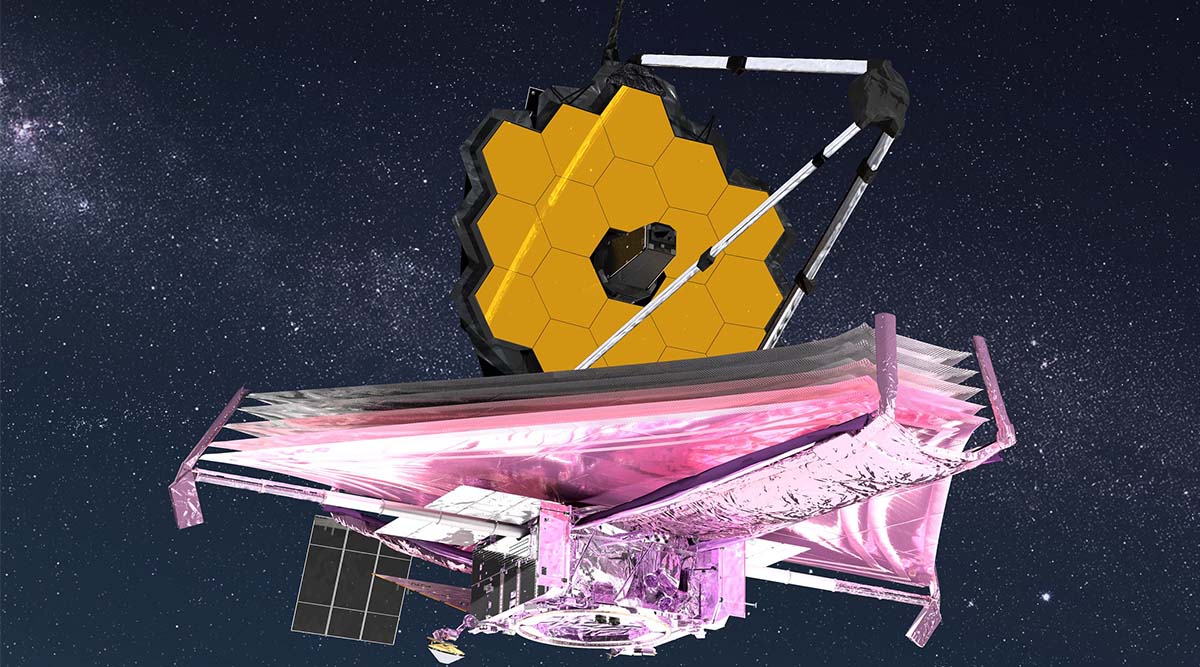NASA announced that it will release the first full-colour images and spectroscopic data from the James Webb space telescope on July 12, 2022. The James Webb Space Telescope was built and deployed in partnership with the European Space Agency (ESA) and the Canadian Space Agency (CSA) and is the largest and most complex observatory ever launched into space.
Webb has been going through a six-month period of preparation before it can begin science work where its instruments were calibrated to its environment and its mirrors were aligned. Once each of Webb’s instruments is calibrated, tested and given the green light by scientists working on the mission, the first images and spectroscopic observations will be made.
“As we near the end of preparing the observatory for science, we are on the precipice of an incredibly exciting period of discovery about our universe. In a press statement, the release of Webb’s first full-colour images will offer a unique moment for us all to stop and marvel at the view humanity has never seen before,” said Eric Smith, Webb program scientist at NASA Headquarters in Washington.
While teams have been carefully planning for the space telescope’s first full-colour images, it is so powerful that it is difficult to predict exactly how the first images will look. Along with imagery, Webb will also be capturing spectroscopic data which will contain detailed light information that astronomers can read.
After capturing its first few images, Webb will begin with scientific observations. Different teams have applied through a competitive process for time to use the telescope. The first year of observations is what astronomers call the telescope’s “first cycle.” These observations are planned and scheduled carefully to make the most efficient use of Webb’s time.
Apart from the planned science missions for the James Webb Space Telescope, there is also the chance of unanticipated and unexpected discoveries being made. For example, scientists had no knowledge about dark energy when the Hubble Space Telescope was launched in 1990. Right now, dark energy is one of the most interesting fields of cutting-edge astrophysics and its existence was confirmed using Hubble observations.
!function(f,b,e,v,n,t,s)
{if(f.fbq)return;n=f.fbq=function(){n.callMethod?
n.callMethod.apply(n,arguments):n.queue.push(arguments)};
if(!f._fbq)f._fbq=n;n.push=n;n.loaded=!0;n.version=’2.0′;
n.queue=[];t=b.createElement(e);t.async=!0;
t.src=v;s=b.getElementsByTagName(e)[0];
s.parentNode.insertBefore(t,s)}(window, document,’script’,
‘https://connect.facebook.net/en_US/fbevents.js’);
fbq(‘init’, ‘444470064056909’);
fbq(‘track’, ‘PageView’);










